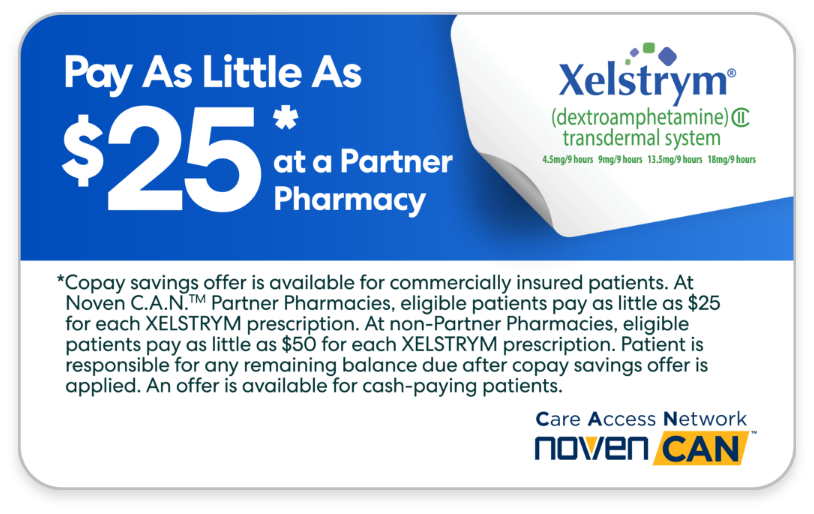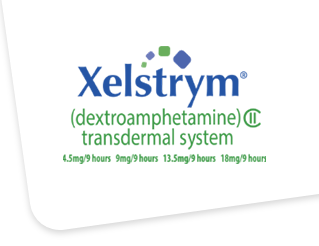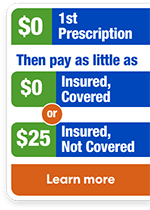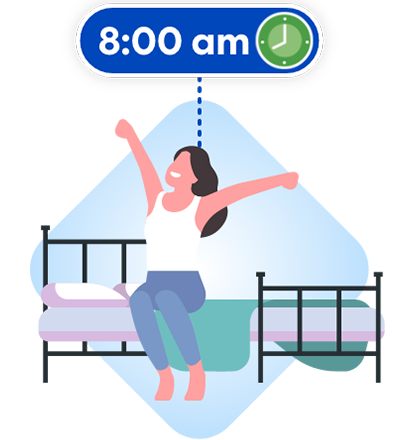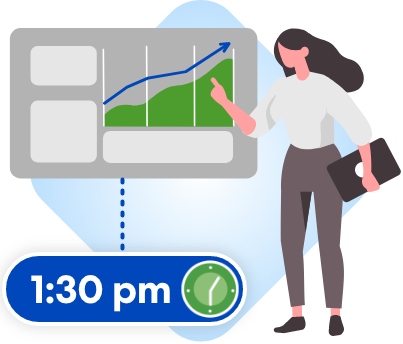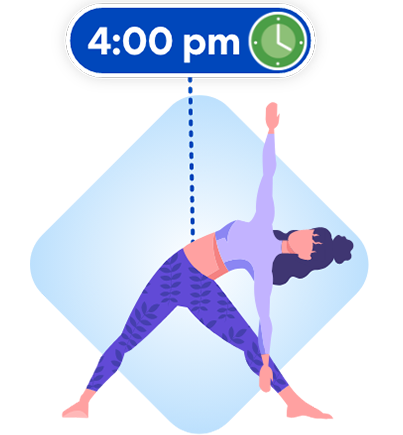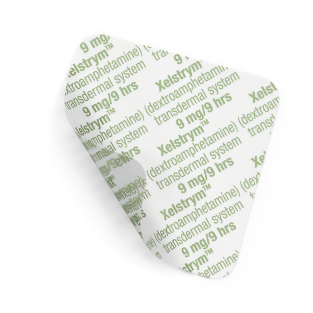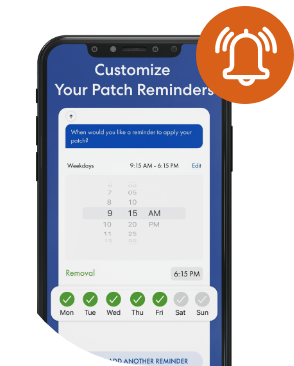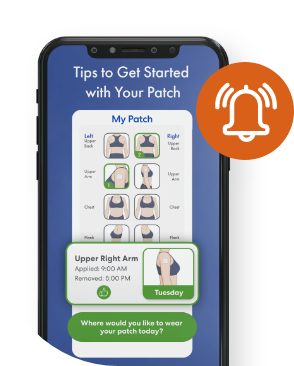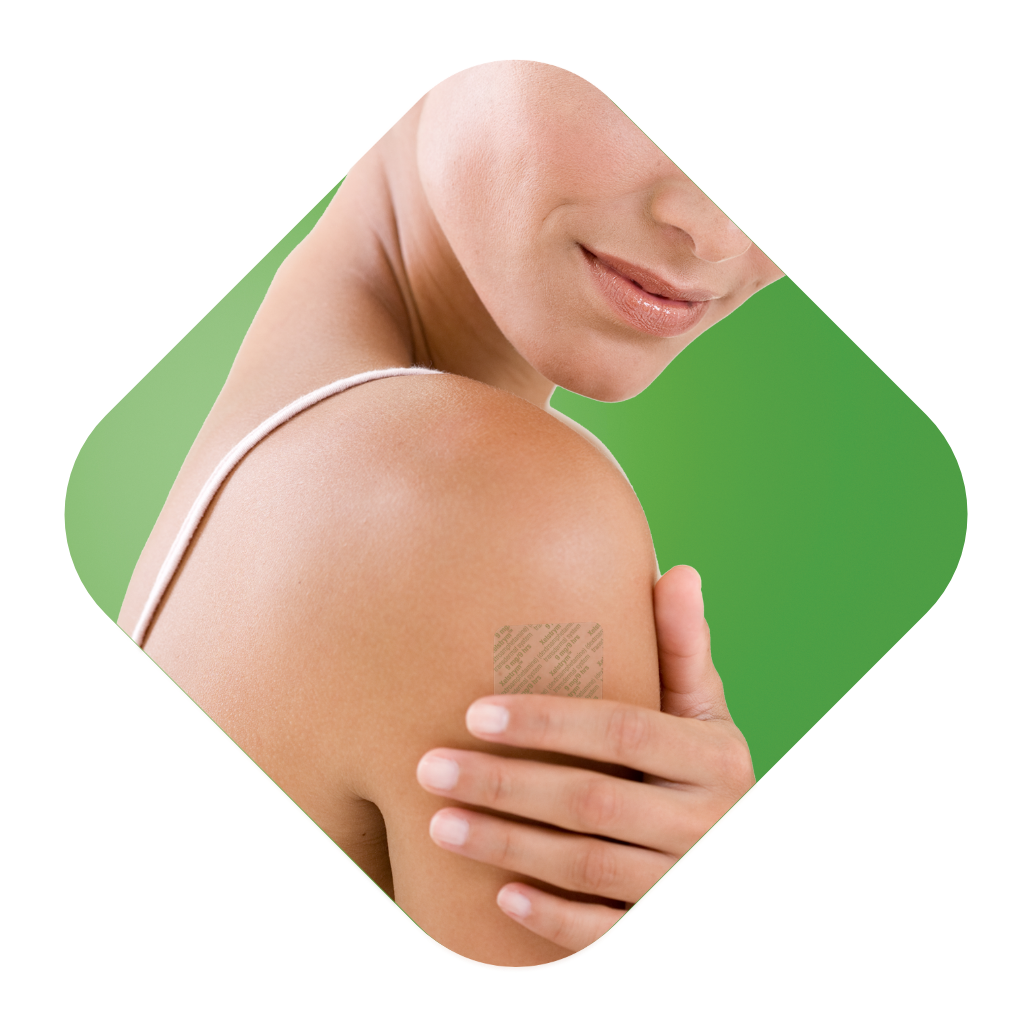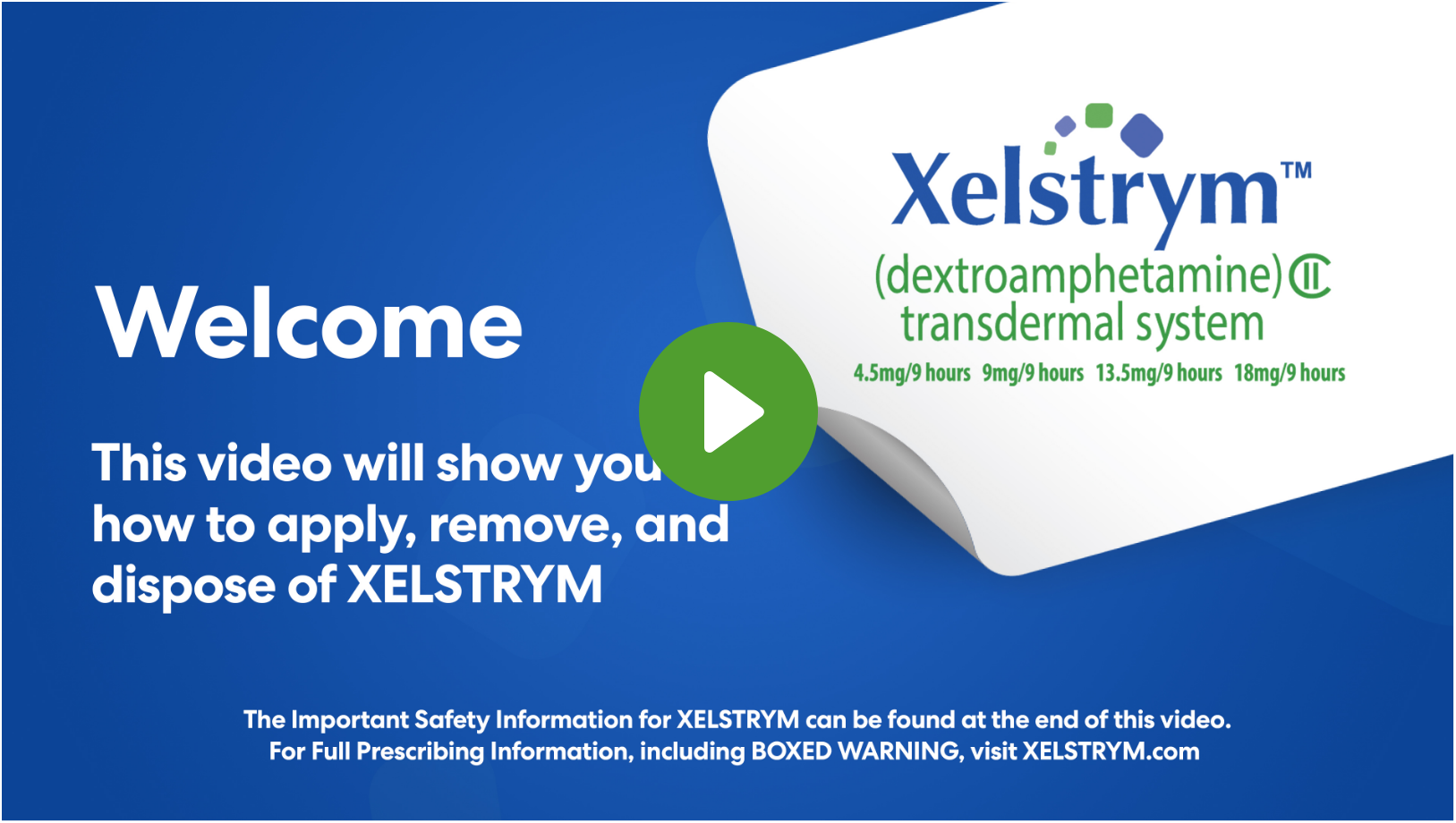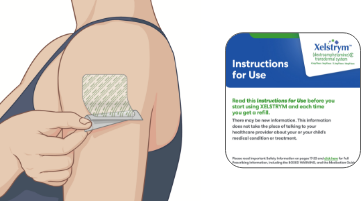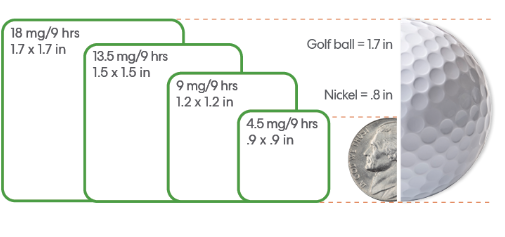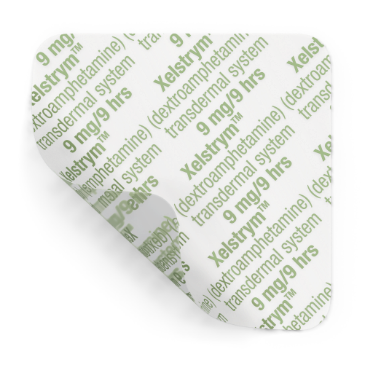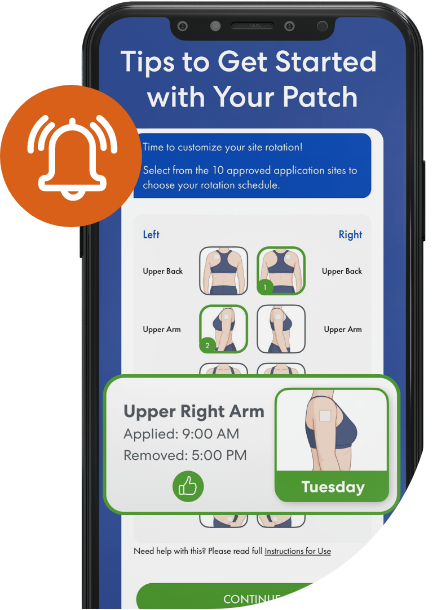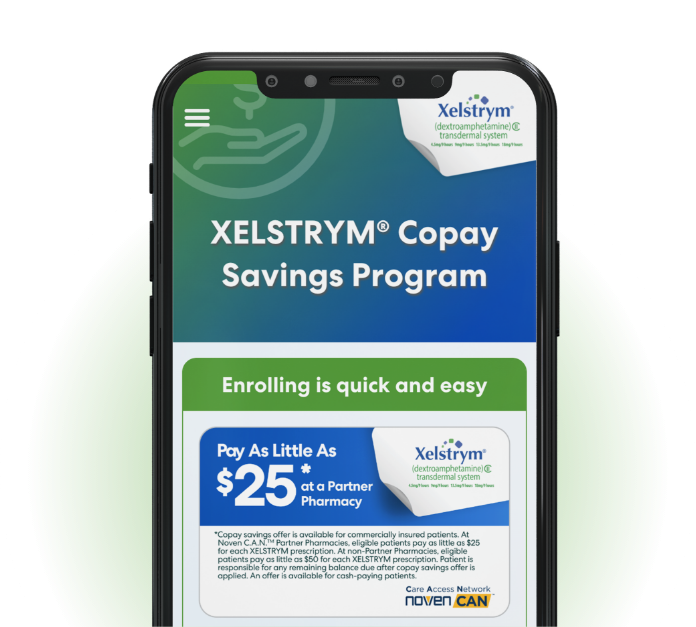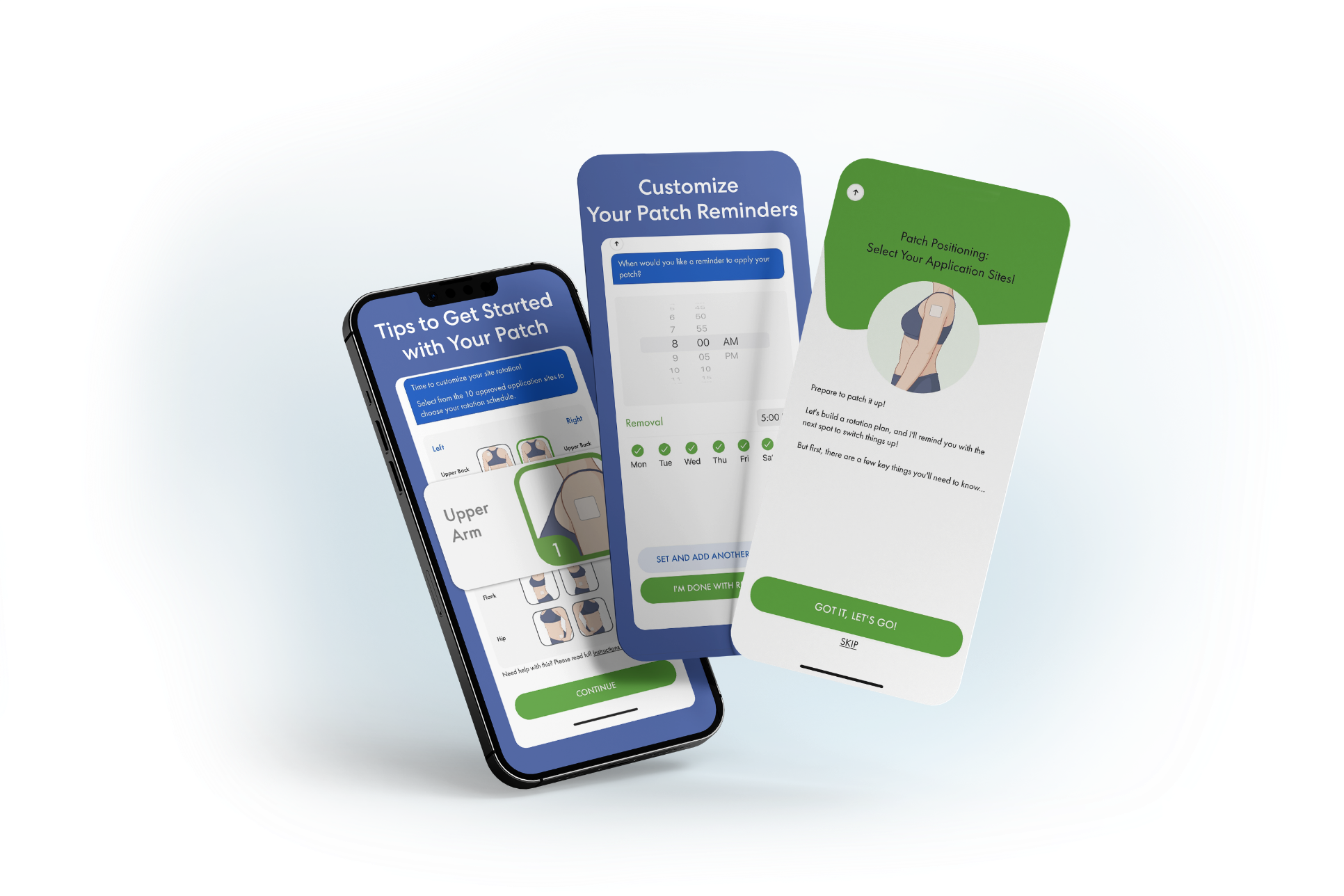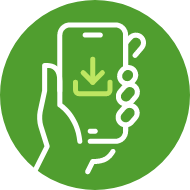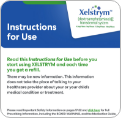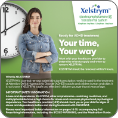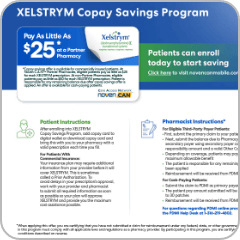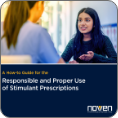What is XELSTRYM?
The first and only amphetamine treatment for ADHD that uses patch technology to passively deliver medication through the skin XELSTRYM has the same active metabolite (dextroamphetamine) as Vyvanse®*, a medication used to treat ADHD since 2007.
This technology allows you and your healthcare provider to tailor your ADHD treatment to meet your daily schedule. Work with your healthcare provider to determine when to apply and when to remove XELSTRYM.
XELSTRYM should be removed within 9 hours.
There are no head-to-head safety or efficacy studies comparing Vyvanse® and XELSTRYM.
*VYVANSE® is a registered trademark of Takeda Pharmaceuticals U.S.A., Inc.
Digital tools designed to support your patch management routine
Download the Mindful Patch app to help you start and stay on track with personalized patch application and removal reminders!
Downloadthe Mindful Patch app to start, and stay on track with personalized patch application and removal reminders!
